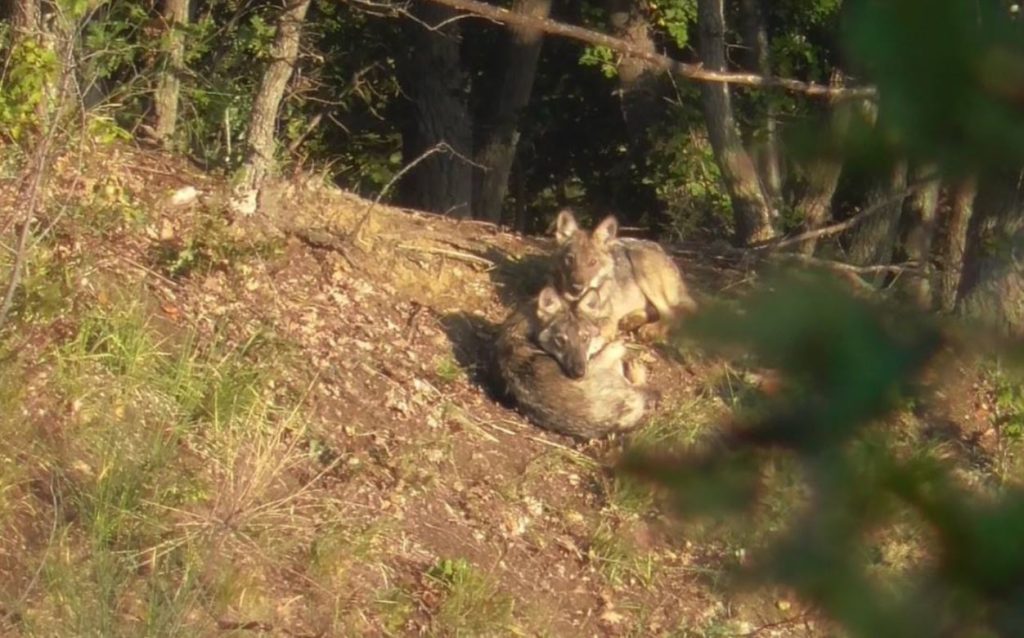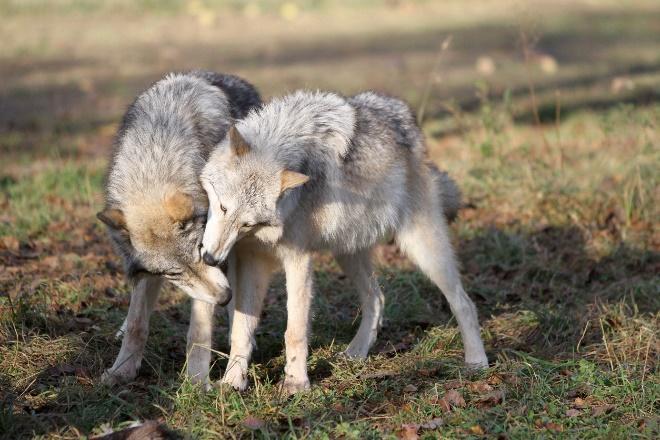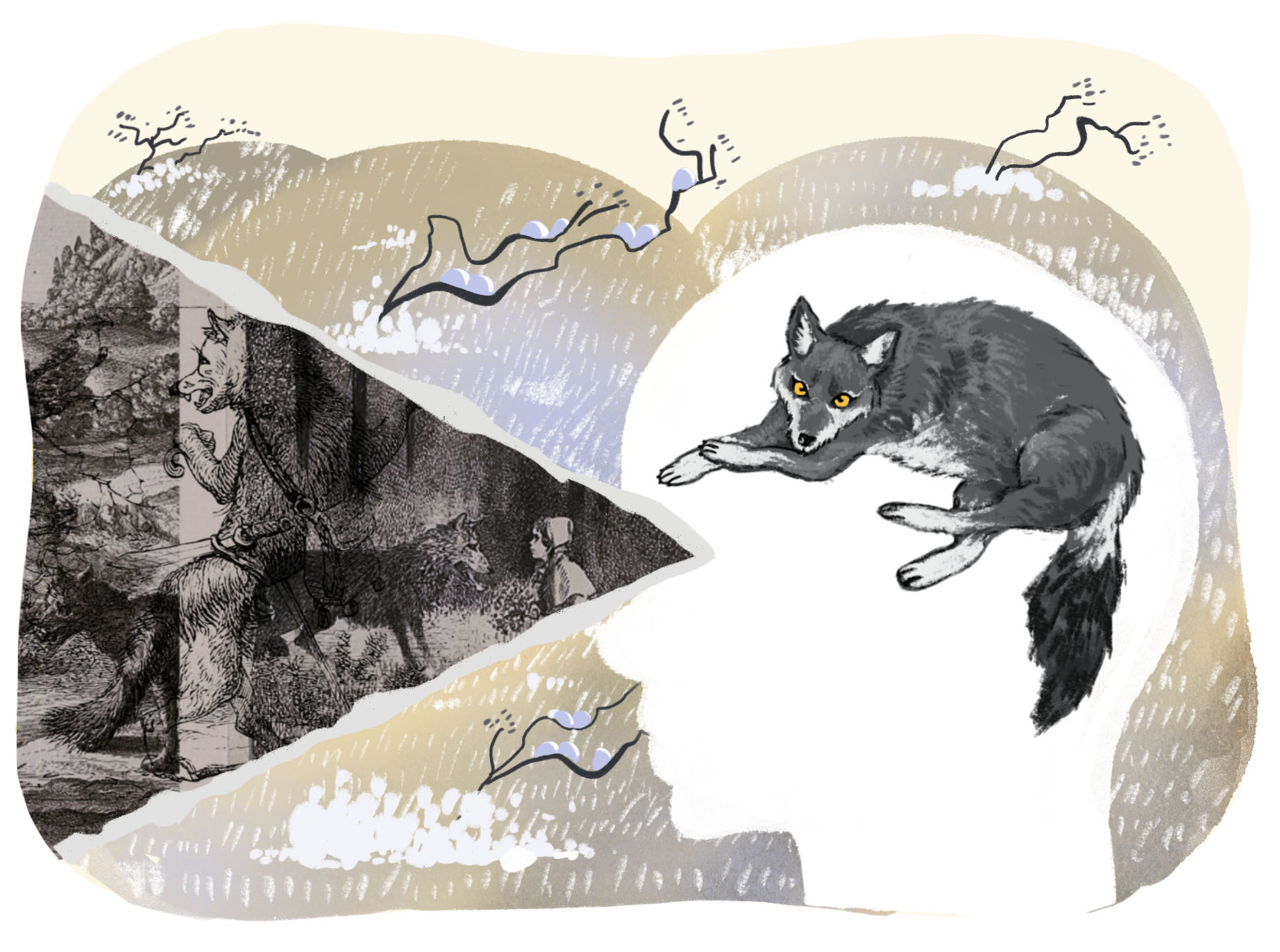Less than two centuries ago, persecution nearly drove wolves to extinction across Europe. Only relatively recent environmentalist perspectives and protection laws have enabled the return of wolves. However, this recolonisation sparks controversy. Opinions on whether the wolf poses a threat or has the right to coexist with humans has split the masses. Studying these attitudes towards wolves and how they influence our behaviour is crucial to develop effective conservation strategies.
To do so, researchers usually ask people if they perceive wolves positively or negatively. Interestingly, most people say that they consider the wolves’ return a good development. But this can change drastically when wolves settle nearby. People at risk of losing livestock or pets to wolves are understandably displeased. They often report a crushing mental load beyond direct losses, built on constant vigilance and fear for their lifestyle. Many feel marginalised by the generally pro-wolf sentiment of the broader public, fostering distrust of politics and science. But intriguingly, similar attitude shifts are reported by locals who have seemingly nothing to fear from wolves.

As a team of animal behaviour and psychology researchers, we were fascinated by this attitude shift that is often dismissed as irrational. We suspected that understanding the mental processes underlying individual perceptions of the wolf beyond self-reporting could help explain these polarised and shifting attitudes.
To unravel these processes, we integrated reported wolf attitudes into established attitude models from adjacent socio-cognitive fields. Our framework is built around evidence that people hold multiple attitudes. Some of them, we are consciously aware of (explicit attitudes) and are able to report, generally based on factual knowledge and social norms. But we also hold unconscious (implicit) attitudes—resulting from ingrained beliefs or deep-seated emotional experiences—that can influence us even without our constant awareness of them.
Which attitude guides our perception of wolves at any given moment depends on our current circumstances. Our model describes how this interplay may create “irrational” dynamics in wolf-related contexts. Unconscious attitudes always arise faster, but if one has the time and motivation to think about the situation, deliberate attitudes can overpower gut feelings with the aid of knowledge or socially-oriented beliefs.

Raised on fairy tales that vilify wolves, the thought of walking in wolf territory might initially feel uneasy to you. However, safe at home, you can recall facts—such as wolves rarely attacking humans—and dismiss these fears. But if you are stressed or emotionally drained, your ability to contemplate decreases, and gut feelings might start guiding your actions.
Moreover, emotional experiences strengthen attitudes, particularly when they are relevant to the current situation. If these implicit attitudes are contradictory to other beliefs, this creates ambivalence, confusion, and uncertainty, further complicating decision-making. Expanding on this example, if you find yourself lost and tired in a dark forest, the emotional weight of those old stories, or your neighbour’s recent trouble with wolves might feel far more relevant. Fear could override logic, leading to panic.
These mechanisms might explain the larger-scale patterns of shifts in attitude. When wolves are distant abstract packs, people focus on their beauty and ecological role—symbolic values that overshadow their real impact. But once wolves appear locally, their threat potential becomes more personal. Coupled with the stress and shared emotional stories in one’s social circle, people’s ability to internalise scientific evidence about the low risk posed by wolves makes way for more ambivalent gut feelings. Feelings of marginalisation and resentment towards pro-wolf movements may further amplify the emotional, oppositional reactions that seem disproportionate to the wolf’s tangible impact.
Our model therefore offers guidance on how sudden shifts towards negative opinions of wolves might not be as irrational as often proclaimed. Rather, they reflect different lived experiences and emotional realities between locals and the broader public. Recognising these differences and understanding the mental processes that drive attitudes could foster empathy between both sides. Reducing blame and stress in these discussions might then enable constructive dialogue about the wolf as an ecological species—rather than a symbol of opposing ideologies—and encourage collaboration.
Further Reading
Capitain, S., C. Lamm, S. Marshall-Pescini and F. Range. 2025. Uncovering the full potential of attitude measures in navigating human-wolf coexistence. Biological Conservation 302: 110976.






